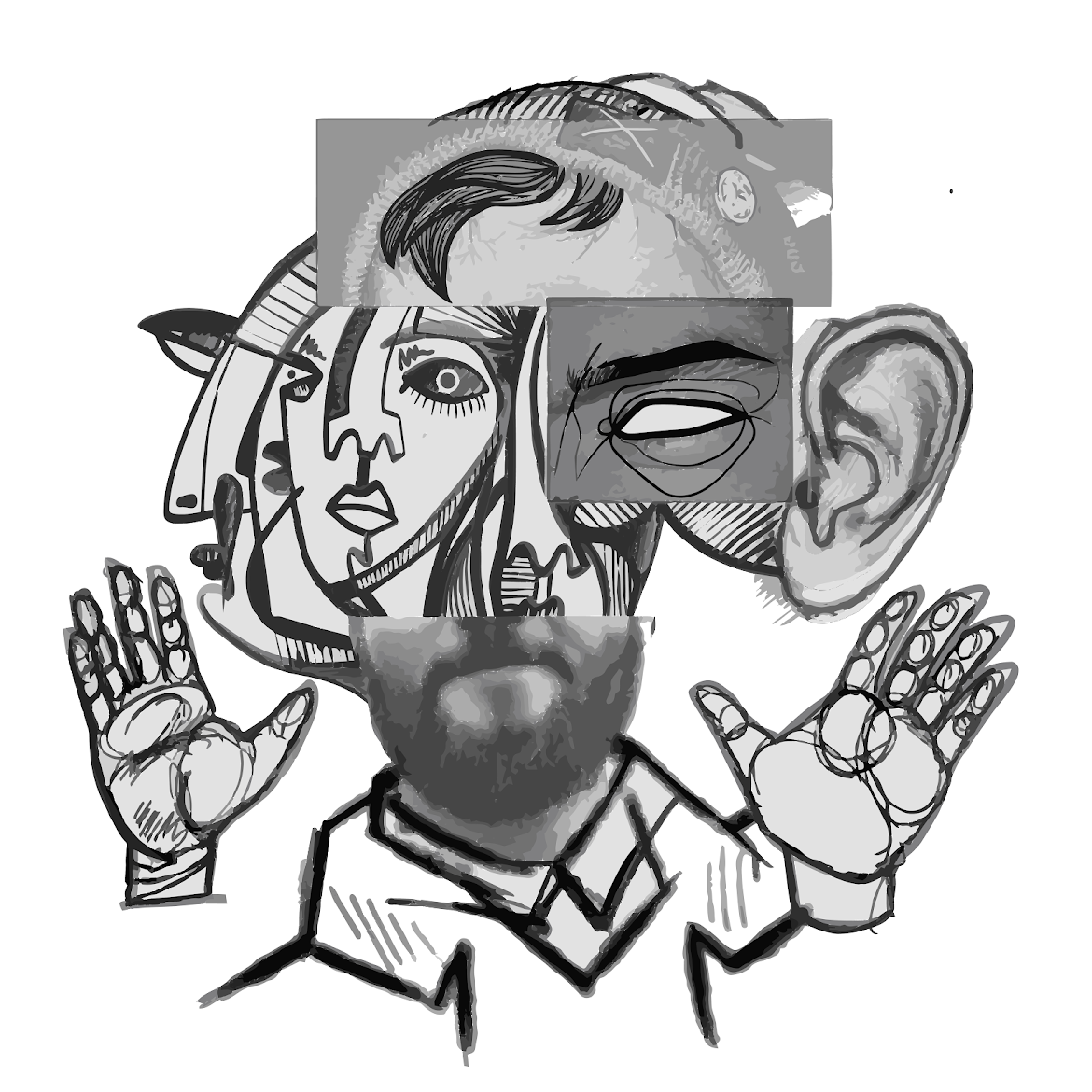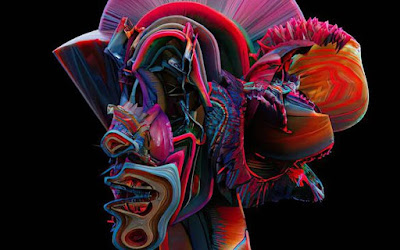NFTs are used in many different industries-like music, art, and sports collectibles-so you run into problems when ye’ try to group them all together. When Beeple made his record-breaking sale, the NFT market did not seem too serious. Domains, memes, gifs and unique characters have a price, but does that mean that they are actually valuable? Not exactly, but one mans junk is another mans treasure!
Another development of NFT is the translation of their value directly from physical objects, where the token will serve only as a sort of scapegoat for the product on the blockchain. It will spice up the world of NFTs, and similtainiusly prove that NFTs are a real financial revolution. While NFTs are obviously on the rise, a large portion of these blockchain-based collectibles that we\"re seeing on the market still face two major limitations. First is the question are these supposedly unique NFTs probably rare?
What is rarity, you ask? Rarity is what gives NFTs their value and unknown to most it is a lot harder to guarantee than they realize. The second key factor which is another huge limitation is whether NFTs can interact with the real world to unlock incentive mechanisms. Only when we move beyond static digital collectibles to truly dynamic NFTs will the blockchain and the world realize the true value of this new unique credit. The thing is that with any trend in the world, each time you see a quick increase, you\"ll see a relative decrease, which is what they call in the business world “market stabilization" and in most cases by definition, markets for speculative assets are unstable and liable to dry up.
The big question for NFTs is wether they have long term value, which I believe is likely significant because of the constant development of augmented and virtual reality technology, its going to be the new normal so people are going to spend more and more of their time - and therefore money environments. - in virtual. There\"s been talk of augmented and virtual reality taking off in the tech industry for years, with companies from Facebook to Microsoft making big bets in the space. But the tech is in its early days and is yet to see its entry into the mainstream with some even guaranteeing NFTs will play a role in the development of immersive virtual reality.
 Another potential use of NFTs we may hear more about in the months ahead is music with artists such as Kings of Leon and Steve Aoki who have already jumped on the NFT frenzy. We’ve only seen the tiniest part of what is actually possible. Cryptocurrency is here to stay - and NFTs mean there is now something to buy. It\"s the other side of the equation and its going a long way past digital art. But before that can happen the NFT phenomenon has issues to resolve with regards to proving ownership of art and other original content with many artists stating that their work is being stolen and sold on as NFTs online.
Another potential use of NFTs we may hear more about in the months ahead is music with artists such as Kings of Leon and Steve Aoki who have already jumped on the NFT frenzy. We’ve only seen the tiniest part of what is actually possible. Cryptocurrency is here to stay - and NFTs mean there is now something to buy. It\"s the other side of the equation and its going a long way past digital art. But before that can happen the NFT phenomenon has issues to resolve with regards to proving ownership of art and other original content with many artists stating that their work is being stolen and sold on as NFTs online.Many NFTs, especially those that are collected through randomized "drops", such as virtual trading cards, or in-game items, gain a significant amount of their value through their perceived rarity. Just as is the case with real trading cards, the lottery-like process opening a pack in the hopes of finding a rare item is highly alluring, because it means anyone and everyone has a chance to own something truly unique. As one of the largest NFT projects Ether Cards, recently made clear, randomness is "one of the key elements to creating value and fun within gamified NFTs."
With NFTS, this lottery-like process for fairly distributing collectibles and assigning unique attributes relies on random number generation. (RNG)-a functionality that blockchains by themselves cannot securely provide. While some projects have looked to more opaque off-chain RNG models as well as on-chain techniques like using existing block data, neither of these approaches guarantee the tamper-proof randomness that NFTs need.
For example, a malicious blockchain miner could manipulate blockhashes used as randomness to exploit the minting process of NFTs. If someone were to unfairly "win" an NFT with the most "rare" attributes during its initial distribution, it would seriously call into question the value of that asset and the legitimacy of the underlying protocol.
 |
With verifiable randomness provided by oracles, both owners of NFTs and game designers can rest easy knowing that there is cryptographic proof that. While oracles can play a key role in securely generating the randomness required for the minting of NFTs, they can also play a much bigger one throughout an NFT\"s life cycle. By connecting NFTs to data outside a blockchain, developers can create dynamic NFTS that can evolve and upgrade in relation to real-world events, unlocking a rich new set of features for digital collectibles, as well as completely novel game mechanics.
For example, a digital trading card of a soccer player may include performance stats like goals scored. That same trading card, ported into an NFT format and connected to the real world through oracle networks, could automatically update its stats in response to the player\"s live game performance. NFT projects could even automatically mint, in real time, new NFT cards when a player reaches a certain milestone, such as a certain number of hat tricks completed. This dynamic behavior would be an evolutionary step in the way that unique assets are created and traded.
NFTs are moving digital assets into the public imagination, but if they're to become the onramp for more mainstream adoption of blockchain-based systems, they need to prove that they can earn users trust and evolve beyond the cute static collectibles they are today. Provable rare, dynamic, oracle-powered and those will be the deciding factors for the NFTs that come to shape the artwork, games, and industries of the future.
What’re your thoughts on the future of NFTs? Have you resisted buying into them so far, or have you been trading cryto since the early days of Bitcoin and Silkroad? ;)
Thanks a million for reading, I know it was a mouthful....













No comments:
Post a Comment